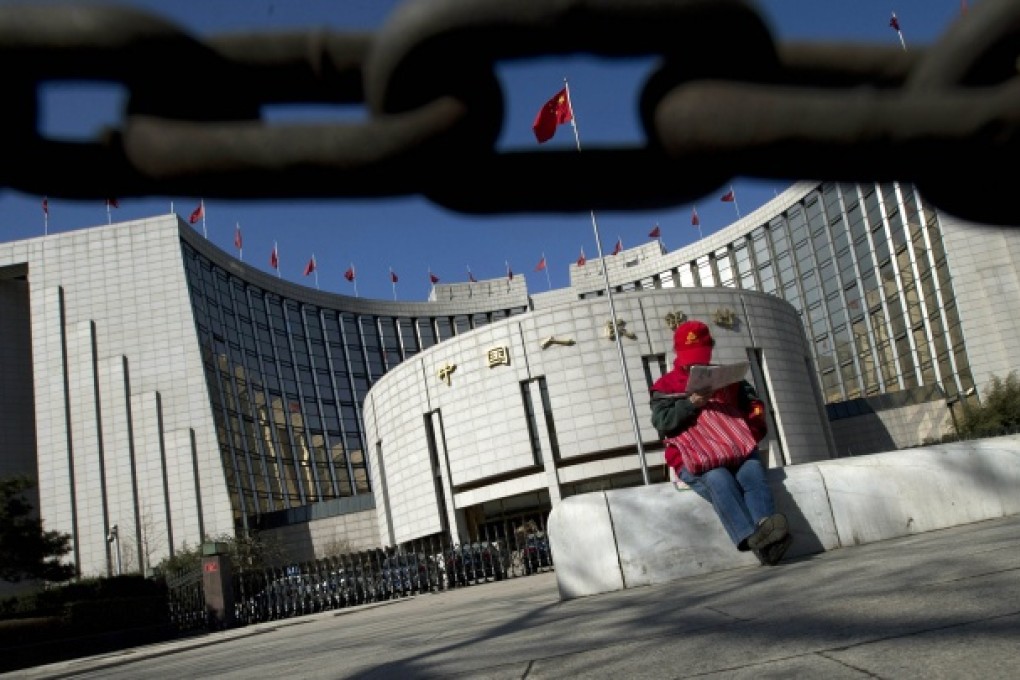Opinion | Now is the right time for interest rate reforms in China
Hu Shuli says reform of China's money markets needs to take place very soon as a lack of progress has hampered nation's economic system

Now is the right time to loosen state controls on interest and exchange rates, a move that can only serve to boost China's market economy. At a State Council meeting on May 6, nine priorities were mapped out to widen economic reforms. For reform of the financial system, the first two priorities are the gradual introduction of measures to liberalise interest rates and exchange rates.
As early as 1992, the government's intention to eventually adopt such measures was clear and now, after more than 20 years, significant progress has been made.
Reforms have stalled for years, partly because of power struggles among various government departments
With liberalisation of the money market, bond market and financial products, plus deposit and lending rates for domestic and foreign currencies, the central bank now manages only the upper limit on deposit rates and the lower limit for lending rates, while the floating range of deposit and lending rates has been further expanded. China has a managed floating exchange rate regime based on market supply and demand, and pegged to a basket of currencies. Still, the hardest parts of rate reform remain: to further relax and gradually end management of deposit and lending rates; and reduce and eventually end the central bank's role in setting exchange rates.
The lack of progress in these key aspects has hampered efforts to improve China's economic system. Since 2009, to protect itself from the global financial crisis, China has adopted a fairly loose monetary policy. While contributing to an early economic recovery, it has also led to asset price bubbles and overcapacity in some industries. Excessive lending by commercial banks has raised doubts about the viability of many projects. One major problem is that, without constraints on capital costs, banks can still expect stable returns even if they suffer losses on some loans.
Interest and exchange rate reforms have stalled for years, partly because of power struggles among various government departments, as well as fears of change and a preference for the old order.
First, there has been strong concern about the effect of reforms on business. But if we look at the impact of the 2005 exchange rate reforms, the ability of enterprises to adapt to the changes far exceeded government expectations.
Yes, the yuan's appreciation has led to the closure of some low-value-added processing trade enterprises. But many others have become more hi-tech and efficient. High value-added research and development departments of foreign industrial companies are rushing into the China market, creating an important chapter in economic restructuring.
